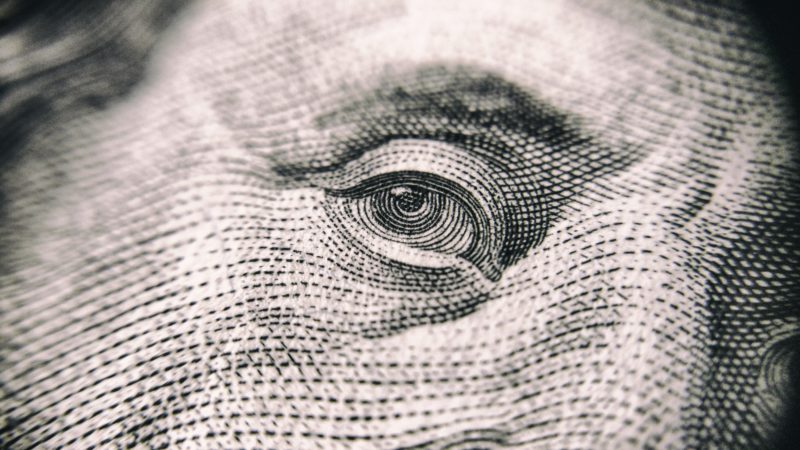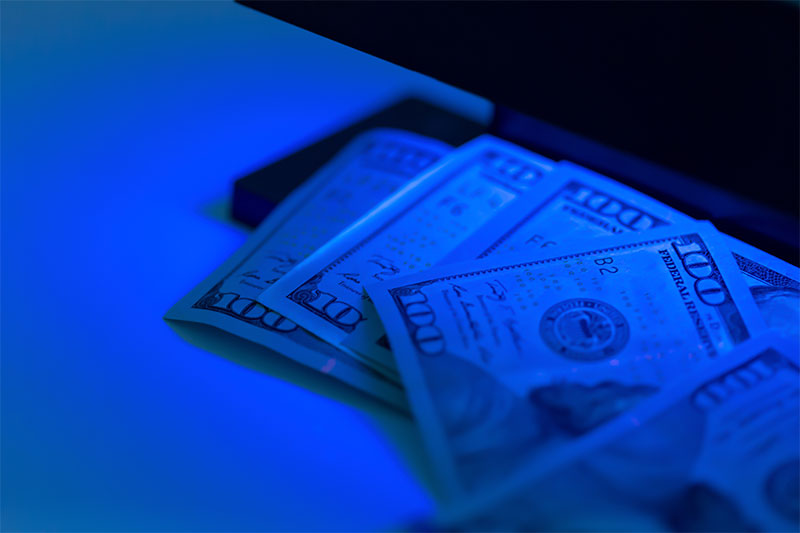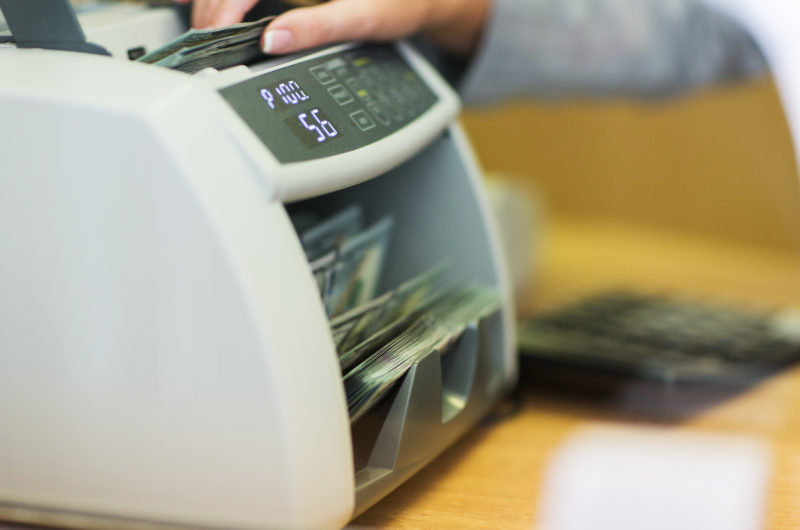Businesses which work a lot with cash are always at risk of being paid with fake money which they won’t be able to deposit in a bank later on. Wher
Businesses which work a lot with cash are always at risk of being paid with fake money which they won’t be able to deposit in a bank later on.
Whereas sometimes it is easy to spot a fake bill, in a lot of cases, the counterfeited bills can be of high quality and you might not be able to spot the difference between a real one and a fake.
Fortunately, there are machines which can detect these fake bills and can do so with great speed and accuracy. If you are wondering how they do it, experts at Kolibri USA explain the basic principles.
Magnetic Ink Detection
A lot of the countries in the world have more than one protection method for their currency. Watermarks and intaglio printing are just some of the more visual types of protection.
The majority of protection methods are invisible to the eye and are designed for the specialized machines to detect.
Magnetic ink (MI) is one such protection method. The ink used in printing money is enriched with a certain amount of iron, which makes it magnetic to a certain degree.
Specialized counterfeit money detectors are equipped with magnetic ink sensors which can recognize the amount of iron in the ink used to create bills.
Even though this method is very effective in detecting fake money, it is still not without flaws. One of the biggest problems with this method is that the amount of iron in the bills can degrade over time due to use.
Additionally, some more skilled counterfeiters have been able to create the right kind of ink which can fool the MI detector, which is why the majority of counterfeit detectors have more than one type of sensors.

Ultraviolet Light Detection
Another form of protection which is prevalent throughout the world is the UV particle ink. Some experts claim that UV ink is the most common protection method in the world.
The reason for this prevalence is obvious – it is really cheap to create this kind of ink. Additionally, it is fairly easy to create a detector – all you need is a UV light. However, knowing what exactly to look for is a bit more complex.
Counterfeit detectors with inbuilt UV detection are also very common and offer a high chance of detecting fake bills, although they cannot be a 100% accurate.
Infrared Detection
Infrared (IR) is not as common as UV and MI as a method of protection from counterfeiting, which is regrettable, since it is impossible or almost impossible for counterfeiters to replicate. This method also revolves around using a specialized ink.
When it comes to the IR method, there are two possibilities. Money can be printed with a special type of ink which absorbs infrared light or reflect it. Counterfeit detecting machines with IR sensors are able to detect these and determine whether the bill is genuine or fake.
What’s more, if the country uses different patterns of IR ink for different denominations, the machine can tell you which currency it is and which denomination, as well as which ones are fake.

Other Technologies
Even though these three are the most common detection methods of detecting fakes, and will most likely be found on commercially available counterfeit detection machines, there are other technologies used at a higher level, like in banks and government institutions.
Metal thread coding enables advanced sensors to determine the amount of certain metals in the composition of the paper. Along the same lines is the paper composition detection.
More modern technologies such as holograms have also been used, but they are not as common and the detectors are not available to the general public as of yet.



















































































































COMMENTS